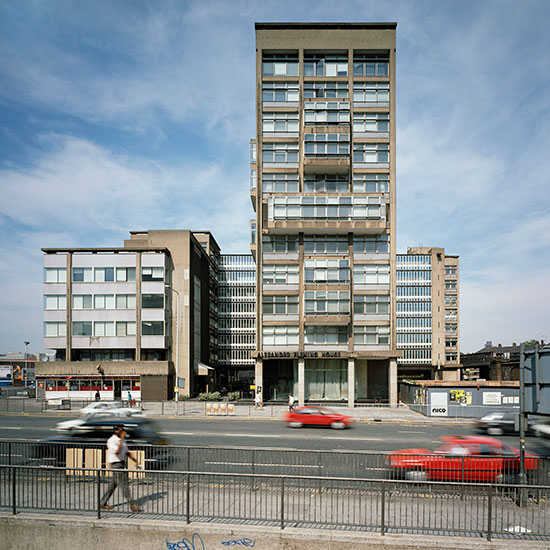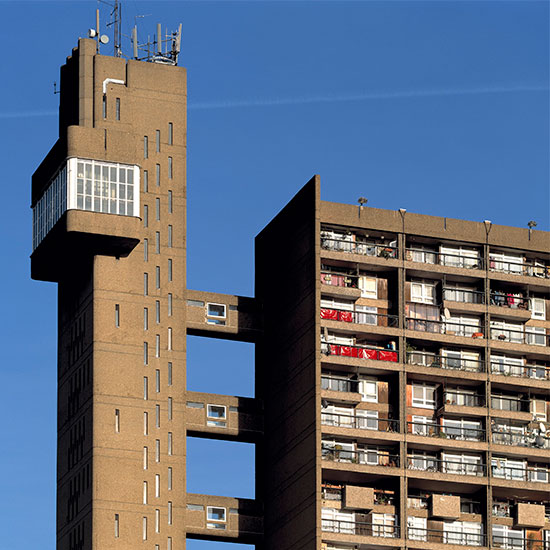He was immortalised as a Bond villain by Ian Fleming, but now architect Erno Goldfinger's most revered London tower block has been given listed building status
Metro Central Heights in Elephant and Castle is thought to be the finest example of architect Erno Goldfinger's brutalist buildings - but do we really want to preserve it... forever?
Let's face it, when you think of a listed building you probably have in mind some splendid example of Neoclassical architecture, such as Somerset House nestled on the banks of the Thames or the iconic Italianate style of London's Royal Albert Hall.
Step forward Metro Central Heights in, errr, London's Elephant and Castle.
Chances are you won't have seen this monument to the post-war brutalist movement gracing the front of any picture postcards and you would be forgiven for thinking it was a tad, well to be frank, ugly.

But we're a fickle lot and, luckily for us, it seems that English Heritage has recognised the beauty that lies beneath the stern facade of Metro Central Heights and has awarded the building complex a Grade II listing, meaning it will be preserved for posterity. Hurrah!
The four buildings making up the complex are thought to be the crowning achievement of modernist architect Ernő Goldfinger, who designed it to house the Department of Health in the early 1960s.
******
Built with economy and functionality in mind, the blocks - previously known as Alexander Fleming House - have divided opinion ever since.
Sign up to our newsletter for style inspiration, real homes, project and garden advice and shopping know-how
Even James Bond creator Ian Fleming had a beef with poor old Ernő, naming one of his most famous villains, Auric Goldfinger, after the architect in revenge for his bulldozing of a number of Victorian villas in order to build his own modern home at Willow Road in Hampstead.
Goldfinger - reportedly a humourless man - threatened to sue over the slur, but allegedly backed down when Fleming suggested changing the name to 'Goldprick' instead.

Despite recently being earmarked for demolition, English Heritage praised the 'exterior form' of the Metro Central Heights complex and gave a special mention to a spiral ramp to an underground car park (must remember to put that on the sight-seeing list).
Culture minister, Ed Vaizey, who is in favour of the listing, told The Times: ‘Goldfinger considered this to be his most significant work. Acclaimed when it was first built, it subsequently divided opinion, but has now - 25 years after first being put foward - passed the test of time.’
But the Heights is not the only building designed by Goldfinger to have been given
coveted listed status. Controversially, Trellick Tower, designed in the
early 1970s, in Notting Hill in West London was listed in 1998.
Loved this? Check out all the latest entertainment and property stories on our news channel, or follow us on Facebook and Twitter.